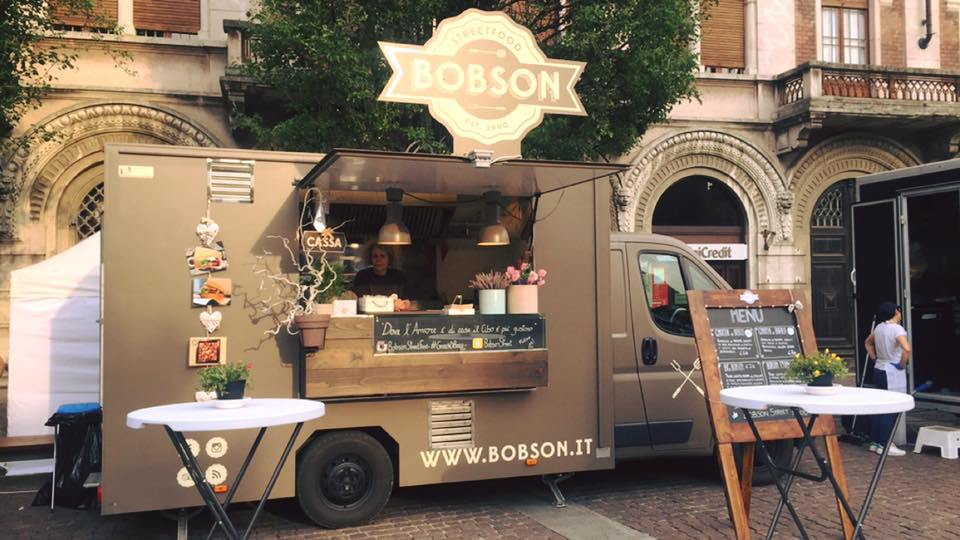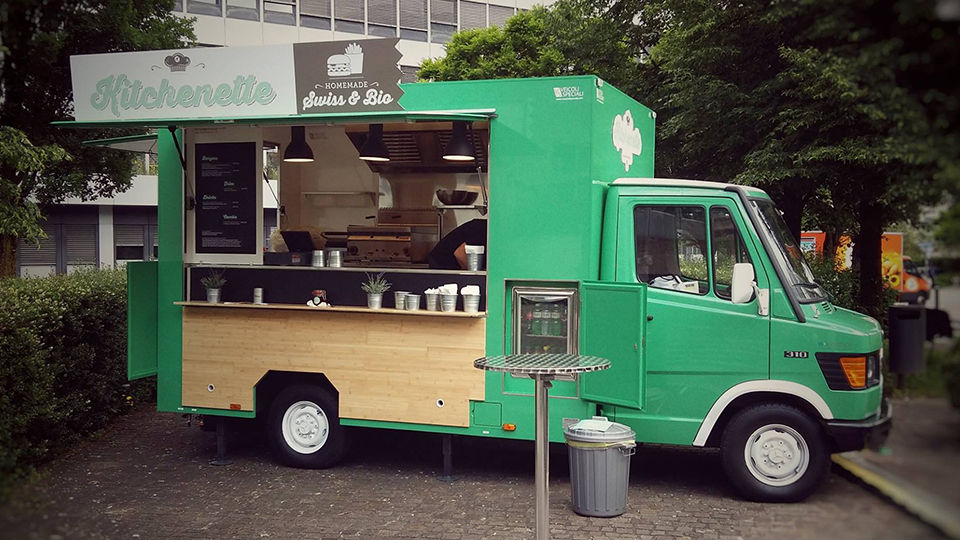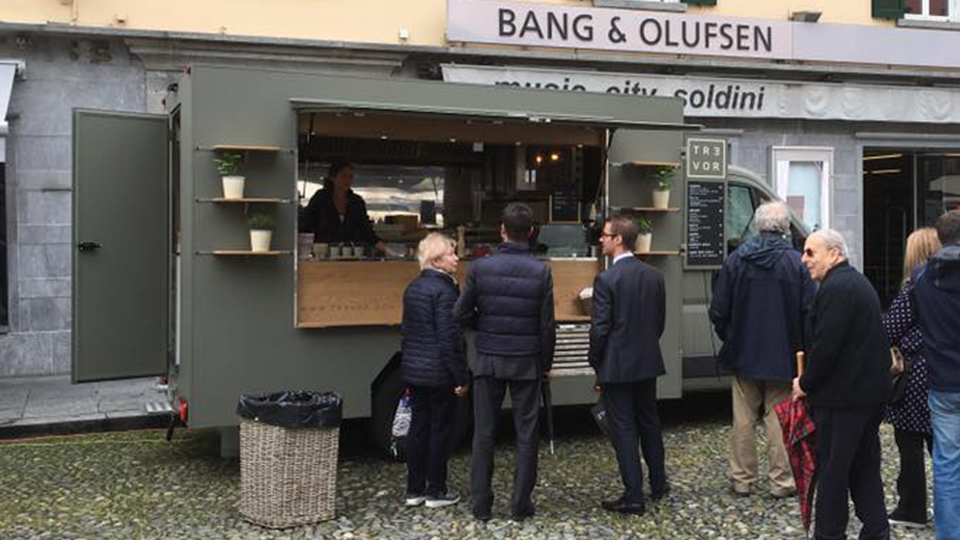In recent years, the street food phenomenon has grown exponentially across Europe. As is often the case in booming sectors, the market has attracted not only passionate entrepreneurs but also investors and business operators with little or no technical background in food safety or vehicle compliance.
This mix of professional and amateur involvement has created confusion about what a food truck must legally meet in terms of commercial operation and hygiene regulations. In some cases, operators purchase imported vehicles that do not comply with local legal standards and carry out unregulated, do-it-yourself modifications. While this may seem like a shortcut, it is both dangerous and illegal.
A food truck must be constructed according to hygiene and safety regulations from the outset.
The vehicle itself must be compliant before the business activity can be legally registered. Although the registration process for starting a food truck business in most EU countries is based on self-certification, this does not replace the need for the vehicle to meet established health and structural requirements.
Unfortunately, some traders underestimate the importance of health compliance and proceed with registering their business without ensuring their food truck meets all standards. This can result in serious consequences, such as administrative penalties or even the impounding of the non-compliant vehicle.
Ensuring your food truck meets EU health standards is essential—but not always easy.
Numerous aspects of the vehicle must comply with the law, including the design framework, the materials used, technical installations (e.g., water, gas, electricity), and ongoing maintenance. These critical details are often overlooked in amateur setups or unregulated conversions.
It’s important to understand that vehicle conformity falls under the responsibility of the manufacturer.
A professional food truck builder will ensure that the vehicle is designed and equipped in accordance with EU food hygiene standards and road safety regulations.
Only after receiving an approved food truck can the owner proceed with registering the business and beginning operations.
Some core structural and health requirements are well known among experienced operators, especially those intending to prepare or serve previously cooked food.
In Italy, for example, these key conditions are outlined in the Ministerial Ordinance of 3 April 2002, available at www.salute.gov.it. Among the main requirements:
- Food preparation and service must occur onboard the vehicle, not from the ground or roadside;
- The interior height must be at least 1.80 metres (approximately six feet) from floor to ceiling;
- The service window must have an upward opening that provides shelter for customers at the workbench.
These are just a few of the minimum standards needed to operate a food truck legally and safely in the EU. They also serve as an important guarantee to consumers that food is being prepared using equipment that is both legal and hygienic.










